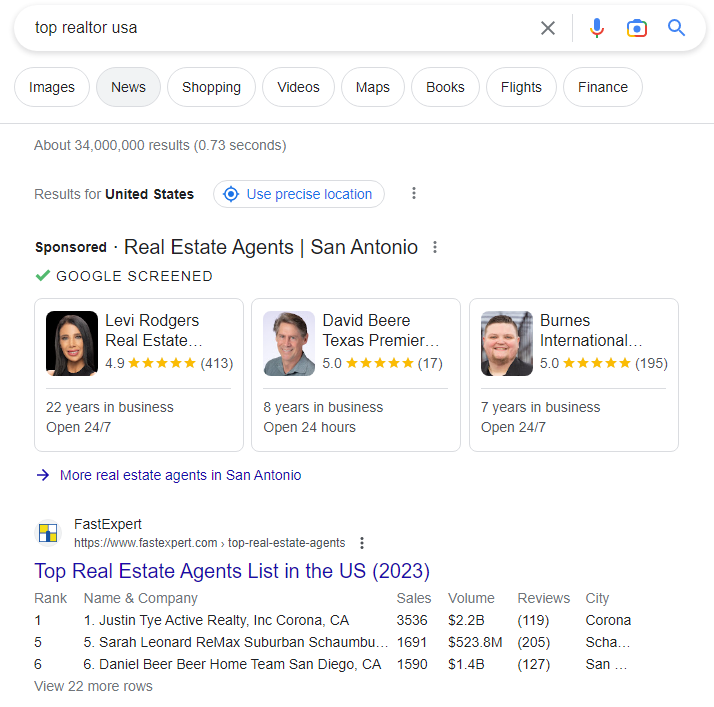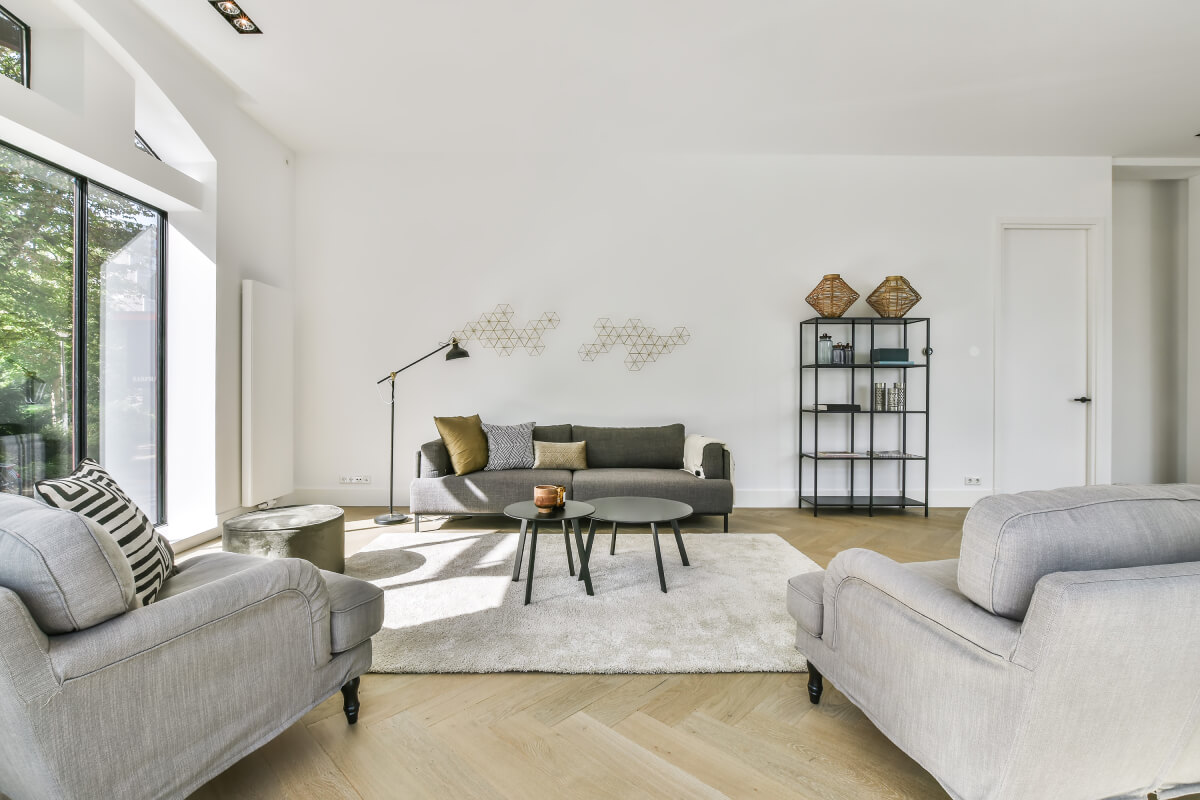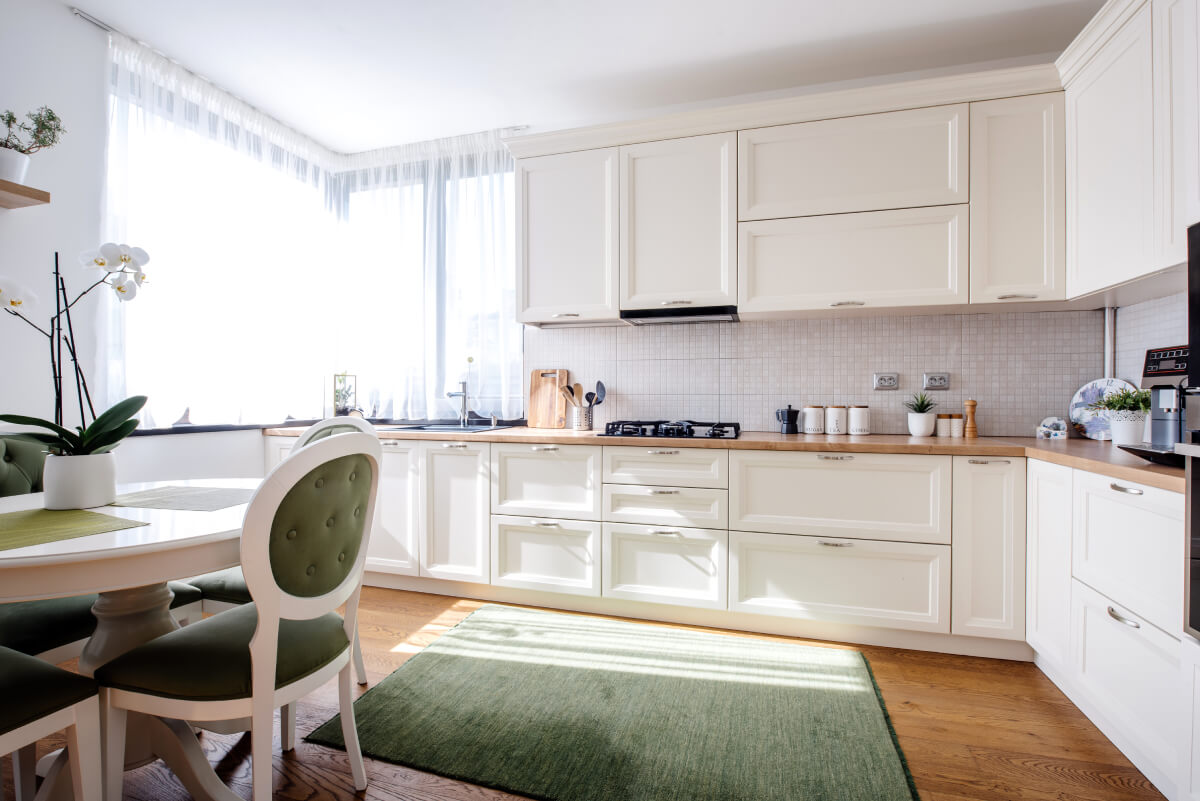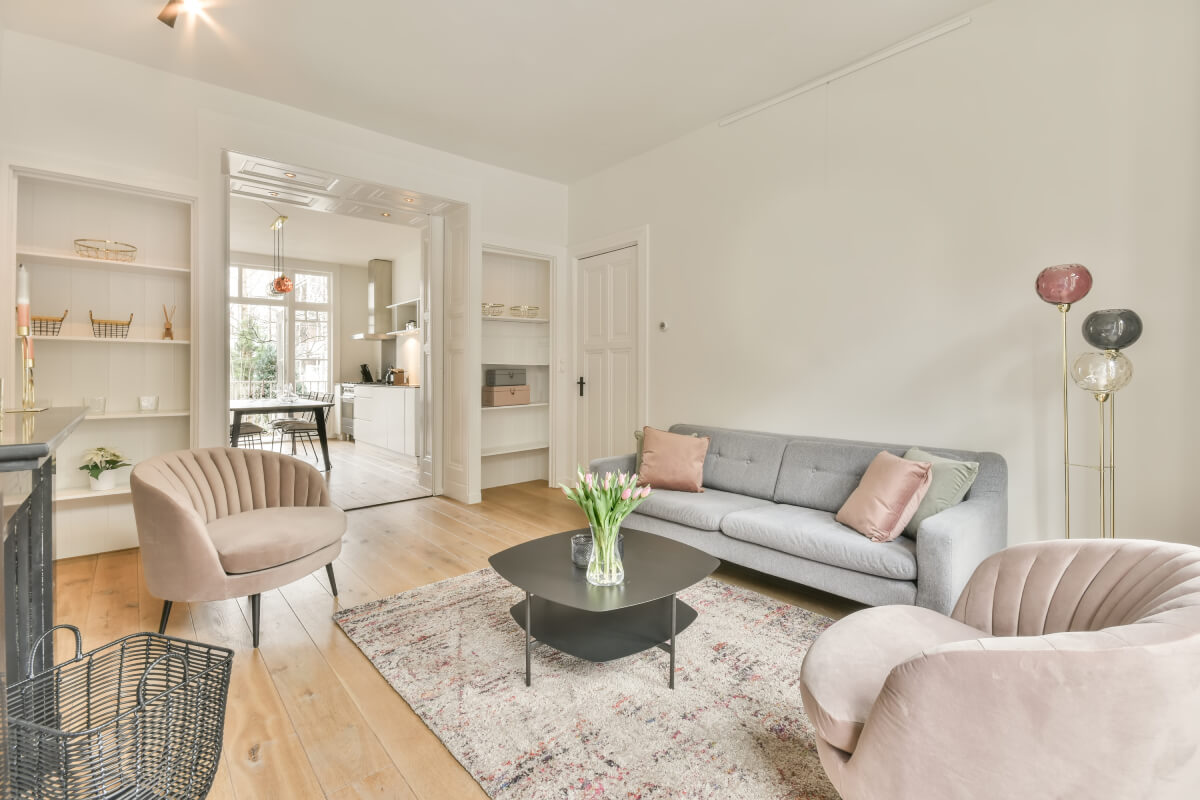Real estate photography plays a crucial role in the real estate industry. It involves capturing images of properties, enabling sellers and agents to showcase their properties visually, appealing, and engagingly. A well-taken real estate photograph can significantly impact the speed at which a property sells or rents. While the job of a real estate photographer is in high demand and may seem straightforward, several factors can influence the real estate photography salary, including their experience, skills, and the location they work in. Currently, the annual earnings for a real estate photographer typically fall within the range of $40,000 to $62,000.
This article provides an overview of the real estate photography landscape, including average salaries, factors that affect pay, and ways to increase earnings. It is helpful for both experienced and beginner real estate photographers looking to boost their income.
Table of Contents
Real Estate Photography Job Description
Real estate photographers capture high-quality, visually appealing, and engaging images of properties to showcase their best features and market them effectively.
Responsibilities of a real estate photographer
- Ensuring all equipment is in good working condition
- Taking photographs of the exterior and interior of the property, highlighting unique selling points and features
- Working directly with property sellers or agents to provide images they can use for marketing
- Managing a schedule to ensure the timely delivery of photos and services
- Editing and retouching images to enhance their overall quality
Qualifications and skills required for real estate photography
Qualifications
No formal qualifications are required, but having a background in photography, architecture, or interior design can be helpful.
Skills
- Eye for detail to capture the property’s best features
- Ability to work with various types of lighting
- Proficiency with photo editing software such as Adobe Photoshop or Lightroom
- Excellent communication and interpersonal skills to work closely with property sellers and agents
- Keen sense of composition to create visually appealing images
- Ability to stage a property for the best possible shot
- Knowledge of equipment and technical aspects of photography
Equipment needed for real estate photography
- High-quality camera with interchangeable lenses
- Sturdy tripod for stability and to prevent blurry images
- Wide-angle lens to capture more of the property in a single shot
- Flash, lighting stands, and light modifiers, such as softboxes or umbrellas, as necessary
- Laptop or computer with photo editing software for editing and retouching images
- External hard drive for storing and backing up pictures
- Cable release or remote control to avoid camera shake
- Optional equipment includes a drone for aerial shots or a 360-degree camera for virtual tours
Real Estate Photography Salary in Different Cities
Real estate photography salary can vary based on experience, location, skill level, and the specific employer or job opportunity. The cost of living and demand for real estate photography services in different cities can also impact salary levels.
The table below shows a list of real estate photography salaries in the five cities with the most real estate agents, which makes it easier for photographers to find work.
| City | Annual Salary | Monthly Income | Hourly Pay |
| New York City, NY | $69,000 | $5,750 | $33.00 |
| Los Angeles, CA | $56,000 | $4,667 | $27.00 |
| Chicago, IL | $53,000 | $4,417 | $25.00 |
| Houston, TX | $51,000 | $4,250 | $24.00 |
| Miami, FL | $41,000 | $3,417 | $19.00 |
Real Estate Photography Salary per One Photoshoot
The following table demonstrates the salary of real estate photographers based on two main factors: Photographer’s skill level & the property type.
| Photographer’s Skill Level | Property Type | Hourly Rate Range | Average Hourly Rate |
| Beginner | Lower/Middle-priced | $55 – $65 | $60 |
| Intermediate | Lower/Middle-priced | $100 – $150 | $125 |
| Experienced | Lower/Middle-priced | $150 – $180 | $165 |
| Experienced | Luxury | $180 – $200 | $190 |
| Specialized (Commercial) | Commercial | Up to $400 | $400 |
Factors Affecting Photographer’s Salary
Experience
The salary of a real estate photographer is likely to increase with their experience level. Experienced photographers can often command higher rates due to their expertise and reputation in the industry.
Location
As mentioned earlier, the cost of living and demand for real estate photography can vary significantly depending on the location. Photographers can charge higher rates in areas with high demand for real estate photography.
Type of property
The type of property being photographed can also impact the photographer’s salary. Luxury properties and commercial real estate often require more advanced photography skills, which can result in higher rates.
Equipment
Real estate photographers must have the right equipment to produce high-quality images, which can impact their salary. Here are some of the most critical pieces of equipment and how they can affect a real estate photographer’s salary:
Camera
A camera is an essential tool for real estate photography. It is better to Choose a camera with a good zoom, full-frame sensor, and tilting screen to take general shots and close-ups. However, this type of camera can be expensive, so photographers who invest in it may need to charge higher fees to cover the cost.
Tripod
A tripod is essential for ensuring sharp and clear images and can help real estate photographers work more efficiently by reducing camera shake. While a tripod is not as expensive as a camera, it is still an investment that can impact a photographer’s bottom line.
Lenses
Different lenses can produce different effects and help capture various shots. For example, a wide-angle lens is ideal for capturing large rooms or outdoor landscapes, while a telephoto lens is useful for capturing details from a distance. Real estate photographers who invest in various lenses can offer more options to their clients, but this equipment can also be costly.
Flash
In some situations, a flash can be necessary to produce correctly exposed images. A powerful flash can also help real estate photographers capture details in dark or poorly lit spaces. However, this equipment is expensive and unnecessary for every shoot, so photographers must consider the cost-benefit ratio of investing in a flash.
Distance
If the photographer has to travel a long distance to a property, they should charge extra fees to cover their time and expenses. If a photographer needs to travel an hour to a property, they must consider the cost of petrol, wear and tear on their car, and the extra time spent on the road. In some cases, the client may be willing to cover these expenses, but in others, the photographer may need to charge a travel fee. This fee can vary depending on the distance traveled and a flat rate or a per-mile charge.
Post-processing
The more time and effort a photographer puts into post-processing, the higher their fees may be. The time required for post-processing can vary based on the complexity of the job and the photographer’s skill level. For editing, American photographers charge between $2 and $5. Prices vary based on the product’s quality, time, and additional services, such as object removal and image enhancement. However, clients often expect a certain level of post-processing, so photographers need to balance quality and time spent on editing.
Additional services
Virtual tours, video creation, and drone photography are some extra services certain real estate photographers offer. Offering these additional services can result in higher rates.
Virtual tours
Some real estate photographers offer 360-degree virtual tours of properties, which allow potential buyers to walk through a property virtually. This service requires additional time and expertise, and photographers can typically charge higher rates for their services.
Video production
This can include creating a video walkthrough of a property to highlight its features and amenities, which takes more time and skill. A real estate video costs between $1,000 and $10,000 a minute, but you can modify the cost depending on the complexity of your real estate video ideas.
Drone photography
Drones have grown in popularity in the real estate sector due to their ability to take breathtaking aerial imagery of homes and their environs. Real estate photographers licensed to fly drones and offer this service can often charge higher rates. A drone photoshoot with video processing costs between $150 and $250 per hour. If the session runs longer than expected, a photographer will charge an extra $50-$70 per hour.
Floor plan
Floor plans can be a valuable service for real estate photographers to offer their clients, providing a clear and accurate representation of the layout and measurements of a property.
How to Increase Your Salary
There are several steps photographers can take to increase a real estate photography salary, such as improving their skills, expanding their services, and building their brand and network. Here are some key strategies:
Improve your photography skills
This includes mastering lighting, composition, and editing techniques to create high-quality, visually stunning images. By investing time and effort in honing these skills, photographers can increase the value they offer to clients and command higher rates.
Expand your services
In addition to traditional still photography, real estate photographers can expand their services by offering virtual tours, video production, and drone photography. By providing these additional services, photographers can differentiate themselves from competitors and offer clients a more comprehensive package.
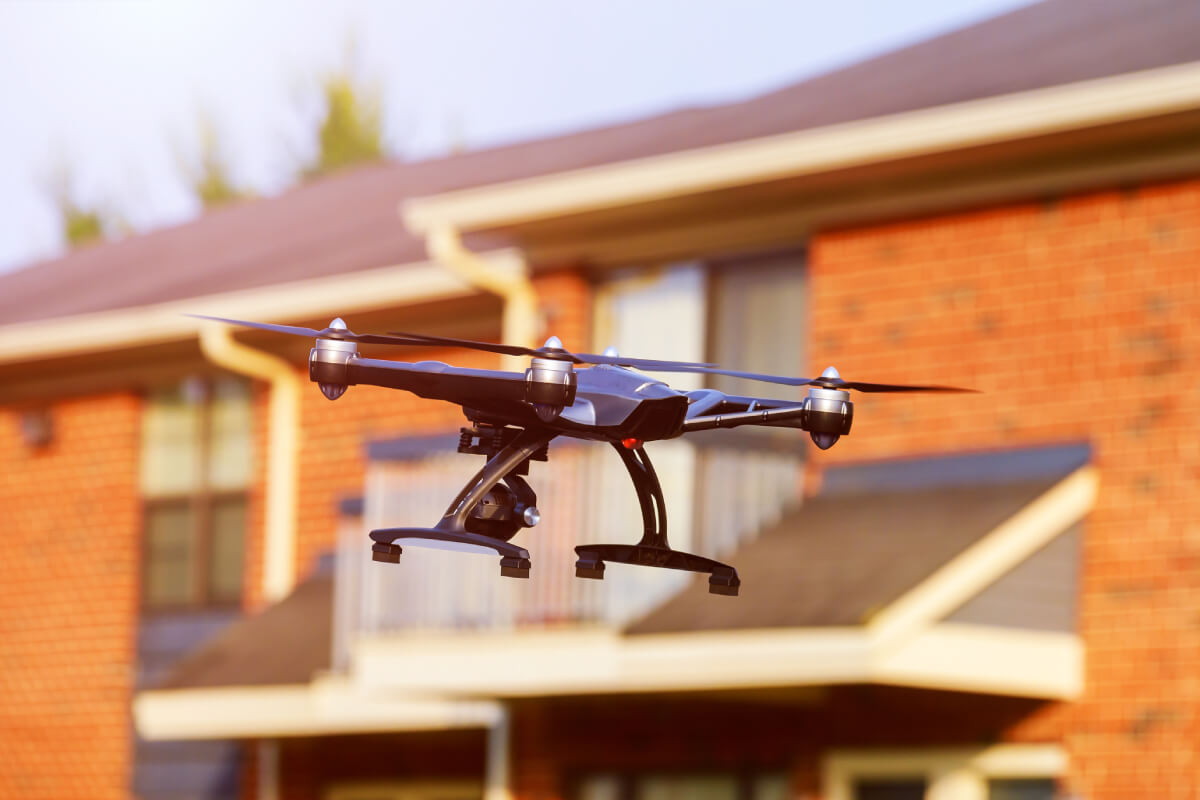
Build a strong brand and online presence
Real estate photographers must have a strong brand and online presence to attract new clients and stand out. This includes creating a professional website, social media profiles, and a portfolio to showcase their best work. By building a strong brand and online presence, photographers can position themselves as experts in the industry and attract higher-paying clients.
Network and build relationships with real estate professionals
Real estate photographers can also increase their salary by networking and building relationships with real estate professionals such as realtors and brokers. Photographers can establish themselves as trusted partners in the real estate industry by attending industry events, joining professional organizations, and reaching out to potential clients. This can lead to more lucrative projects and ongoing work, increasing overall salary.
Photography Gigs for Increasing Salary
Photography gigs refer to different types of photography-related jobs a photographer can take to increase their salary. For real estate photographers, some typical gigs include:
Architecture Photography
Taking pictures of buildings and structures for architects, builders, and real estate developers.
Interior Design Photography
Capturing interior spaces for designers, decorators, and home decor brands.
Commercial Photography
Taking photos for businesses, including product photography, branding, and marketing campaigns.
Drone photography
Taking aerial photos and videos of properties and providing a unique and stunning perspective.
Virtual staging
Offering virtual staging services and adding furniture and decor to photos of empty rooms. Photographers can virtually stage photos on Revivoto in under 24 hours.
To order Virtual Staging at an unbeatable price click below!
Twilight photography
Taking photos of a property during the “golden hour” right after sunset or right before sunrise to create a beautiful and dramatic effect. Just like virtual staging, photographers can order virtual twilights for their photos on Revivoto in under 24 hours.
To order Day to Dusk at an unbeatable price click below!
Matterport 3D tours
Using Matterport to offer 3D virtual tours of homes and other properties.
Video production
Offering video production services, including virtual tours and promotional videos for properties.
Real Estate Photography’s Outlook
Real estate photography has become an essential aspect of the real estate industry and is expected to grow steadily in the coming years. Here are some factors that influence the outlook for real estate photographers:
Growth potential of the real estate photography industry
Real estate photographers are essential for creating visually appealing content for virtual tours and online listings. As the real estate industry expands, so does the demand for high-quality real estate photography. According to the U.S. Bureau of Labor Statistics, the employment of photographers is projected to grow 5% from 2021 to 2031, which is about as fast as the average for all occupations.
Future trends in real estate photography
The real estate industry is constantly evolving, and real estate photographers must keep up with the latest trends and technologies to stay relevant. The most significant trends in recent years have been virtual tours, 360-degree photography, and drones for aerial photography, providing a unique perspective on a property and its surroundings. If photographers want to be successful, they should adapt to these trends.
Challenges and opportunities for real estate photographers
One of the primary challenges is the competition in the market, with many photographers fighting for the same clients. Real estate photographers must differentiate themselves by offering unique and high-quality services to succeed. Another challenge is keeping up with the latest technology and equipment, which can be expensive and time-consuming. However, by staying current on the latest trends and investing in new equipment, real estate photographers can take advantage of the many opportunities available in this dynamic industry.
Conclusion
The real estate photography industry is experiencing rapid growth and presents abundant opportunities for individuals possessing the right skills and business acumen. To maximize their real estate photography salary potential, photographers must improve their photographic abilities, expand their services, build a strong internet presence, and actively network with real estate professionals. Emerging trends like virtual staging, drone photography, and 3D tours can also contribute to increased earnings. Real estate photographers can flourish in this dynamic field while maximizing their real estate photography salary by staying abreast of industry advancements and adapting to evolving client demands.


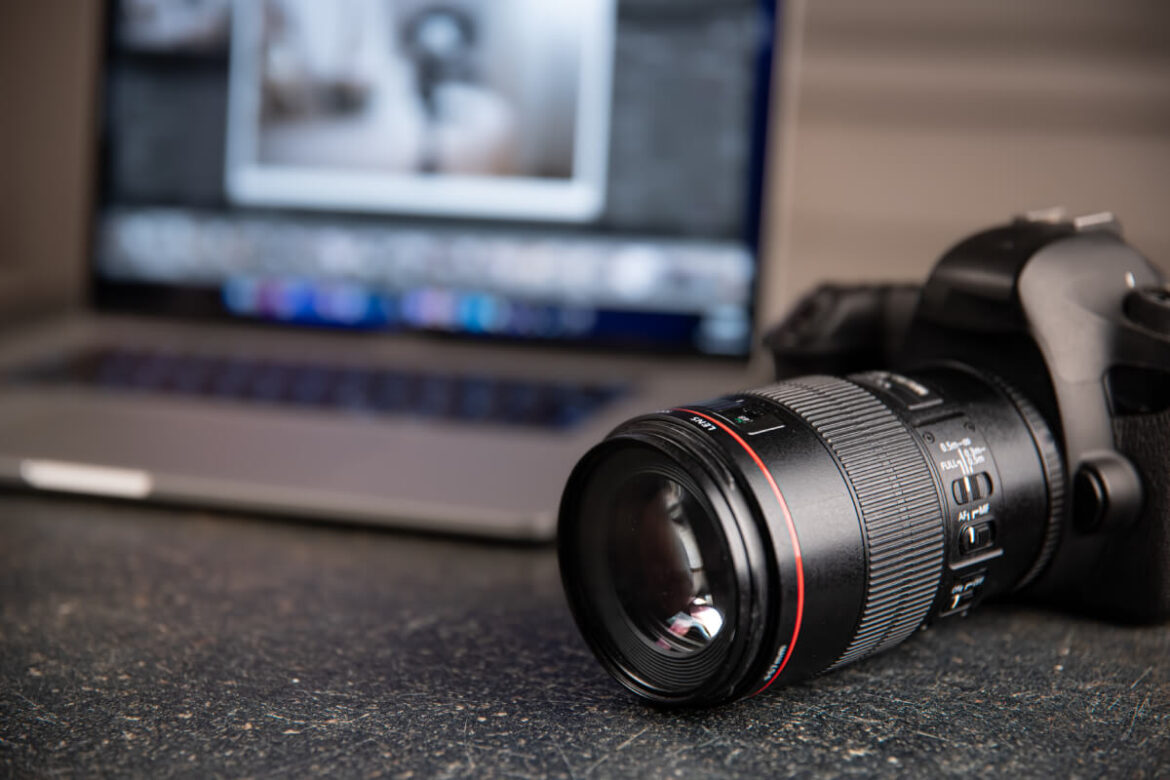
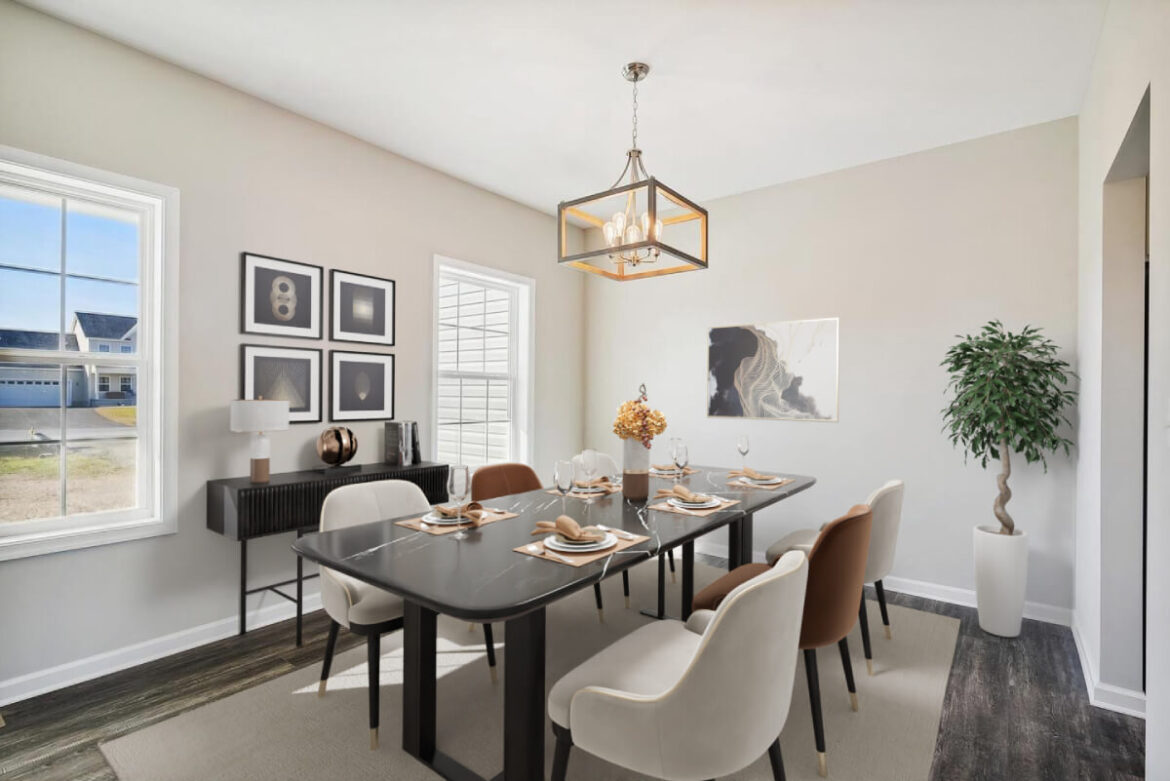

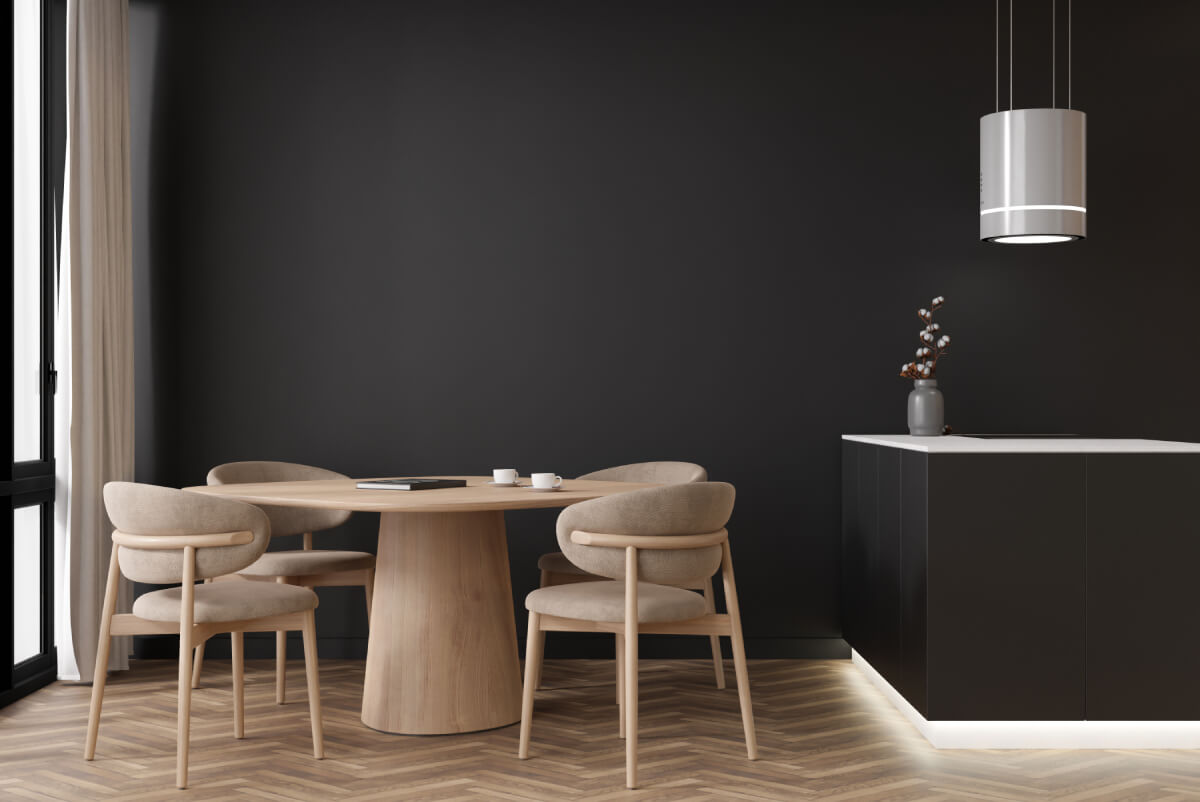





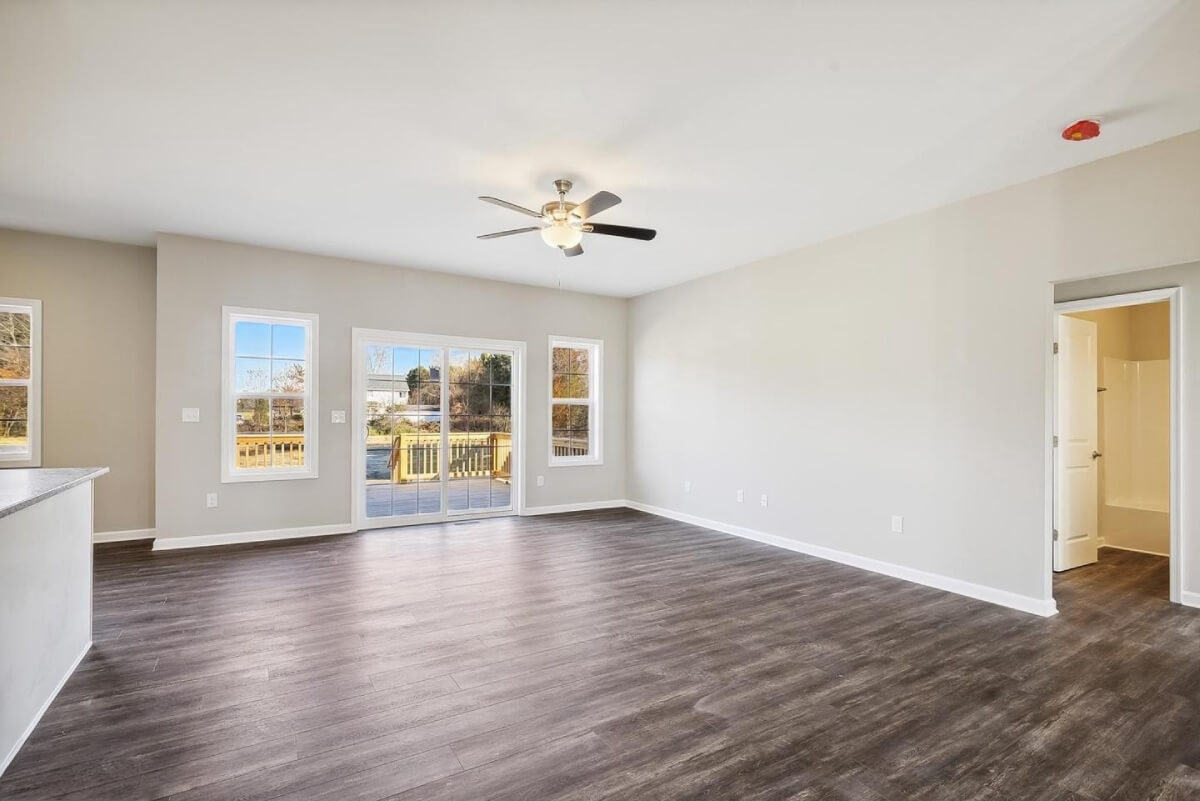
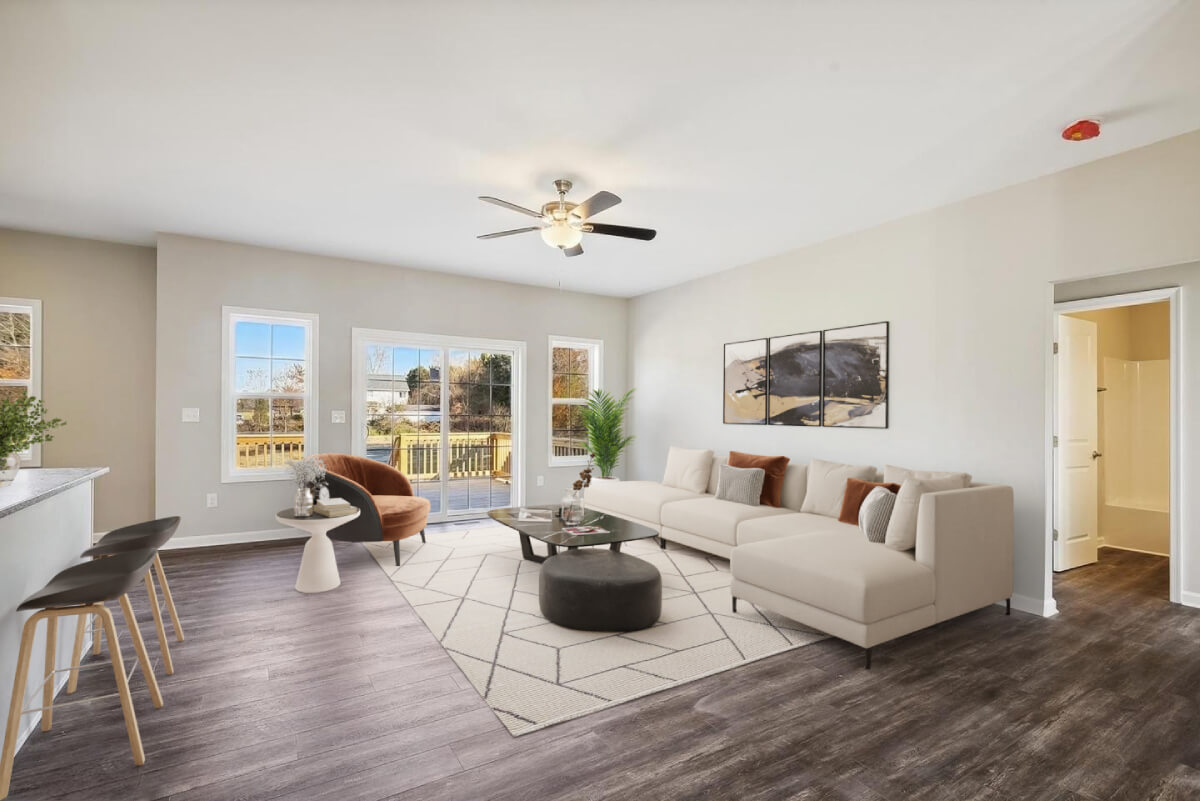
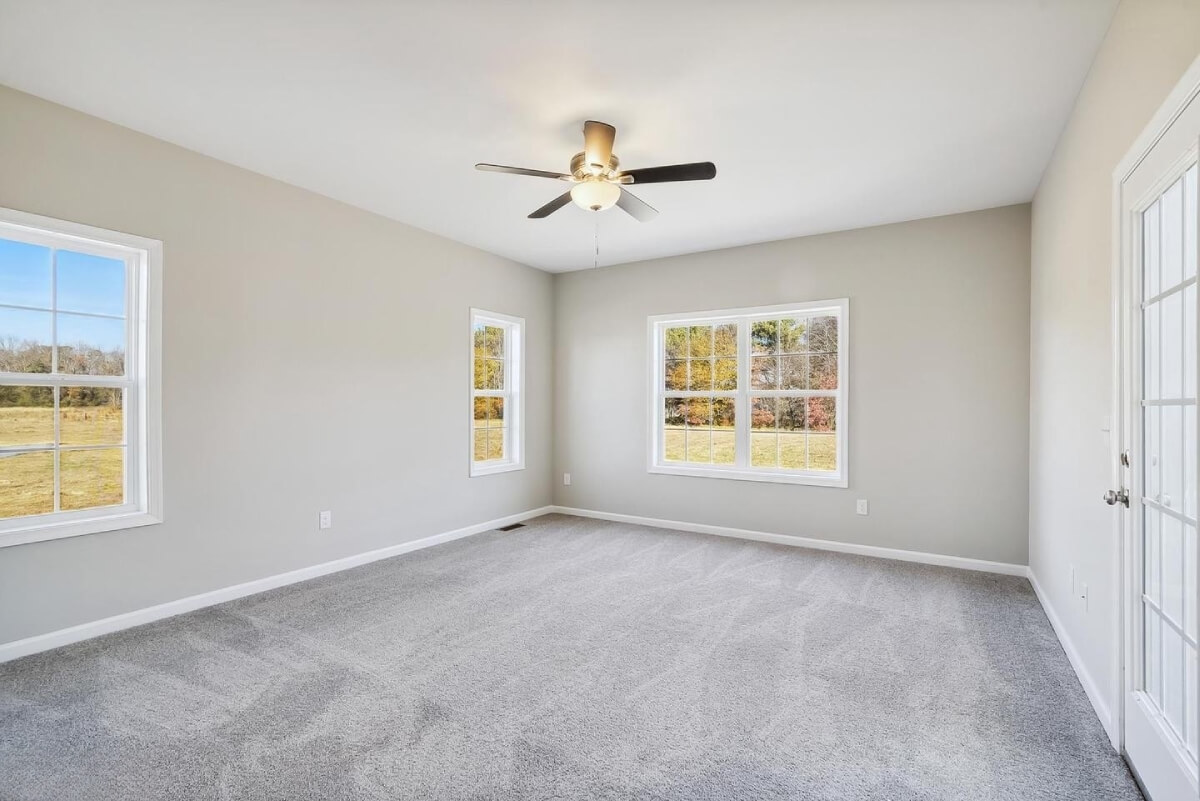
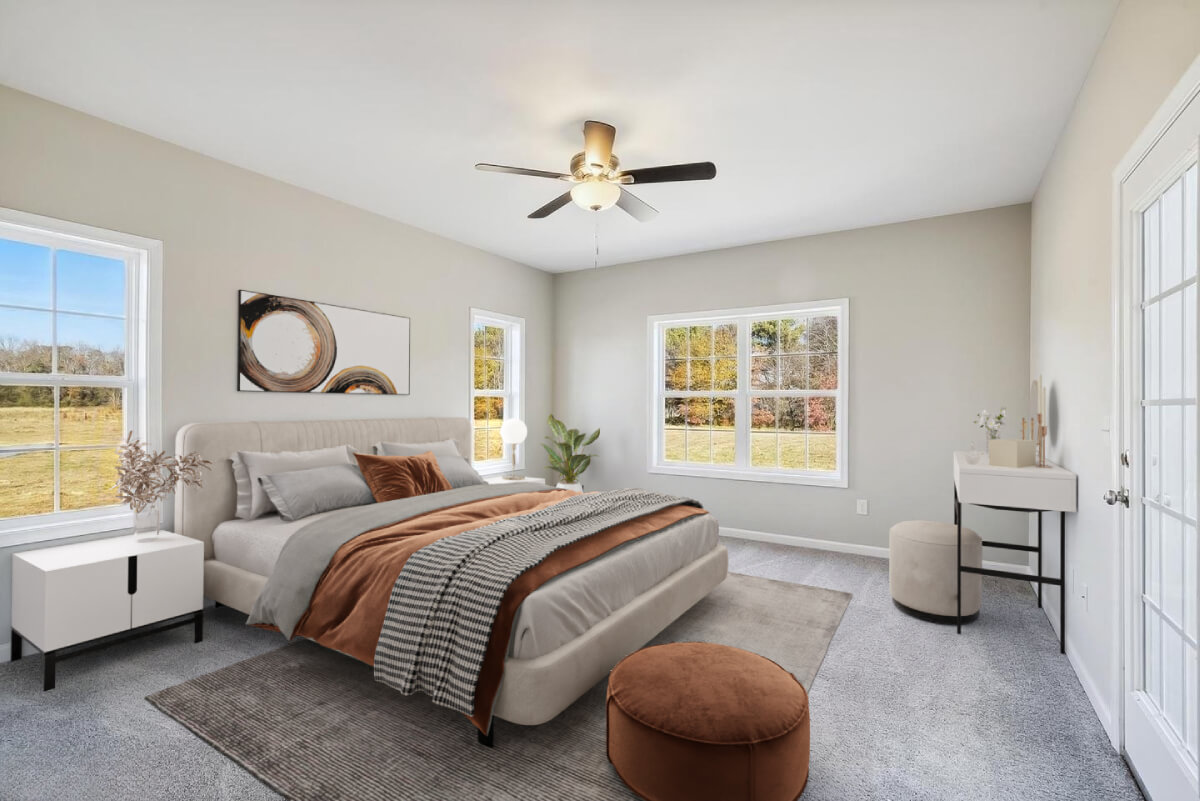
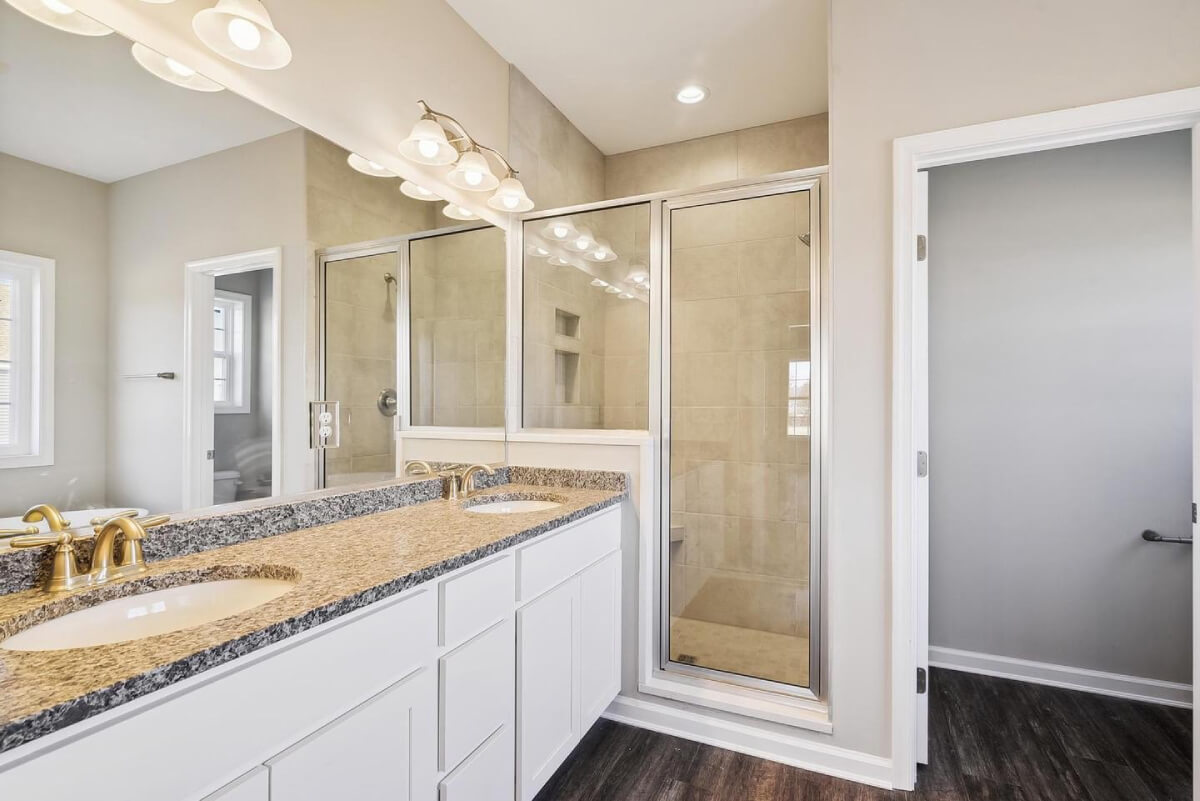
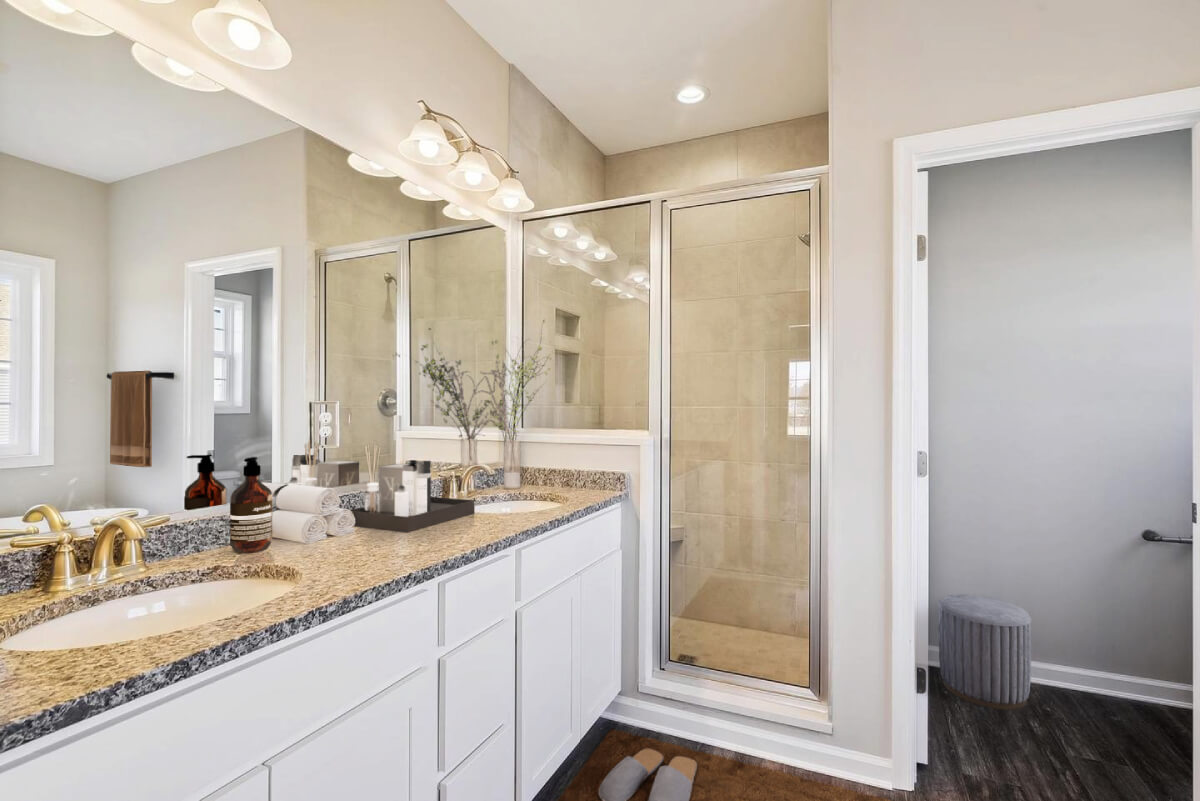
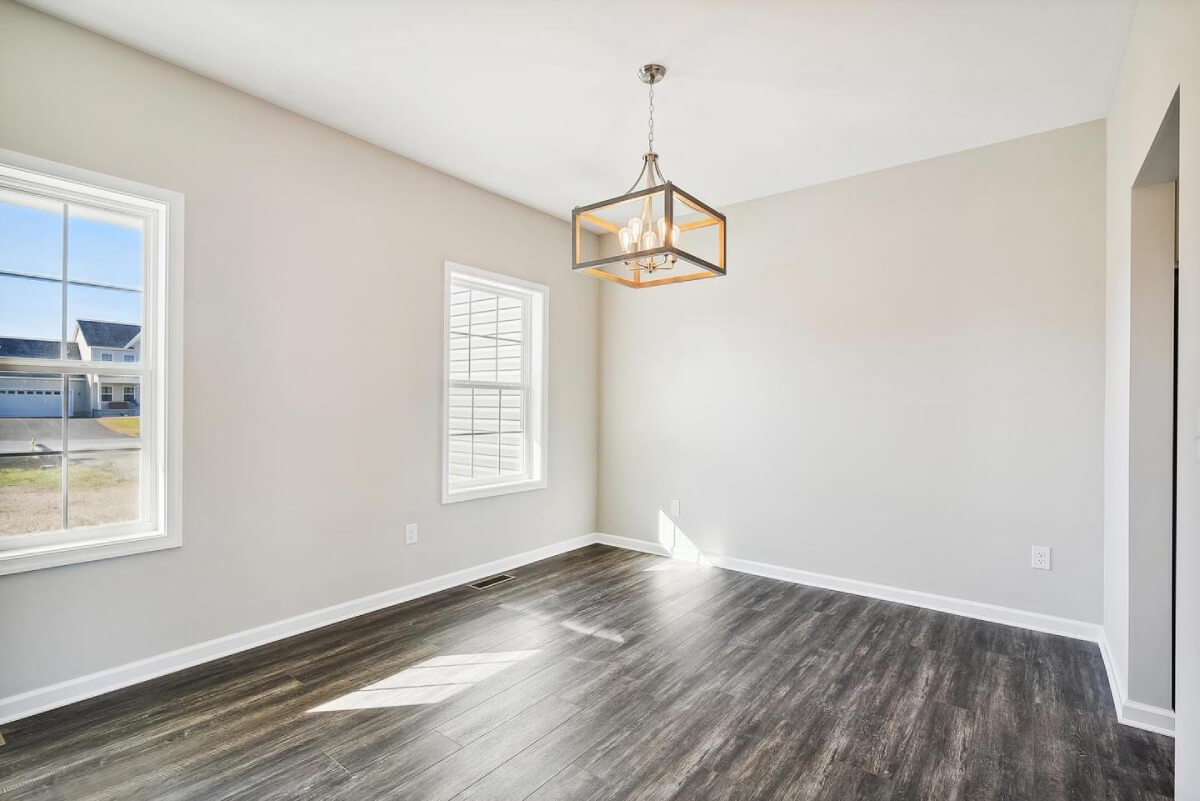


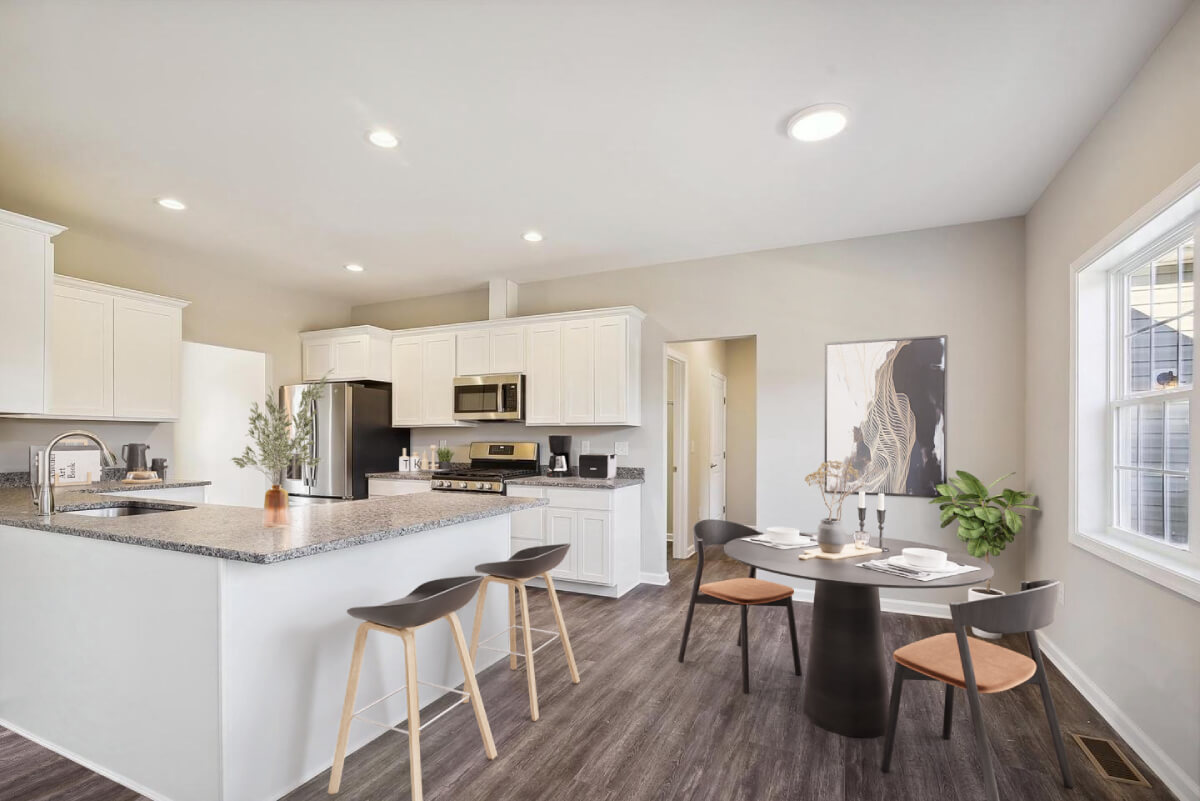


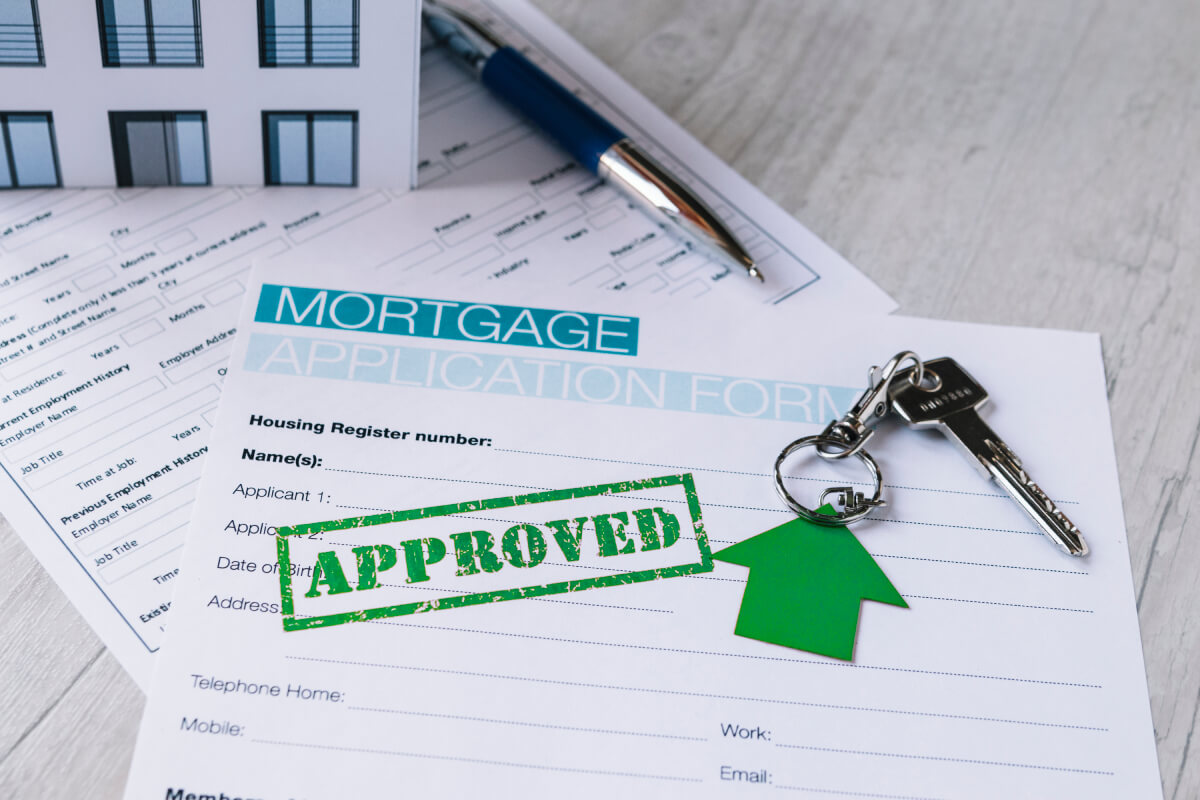







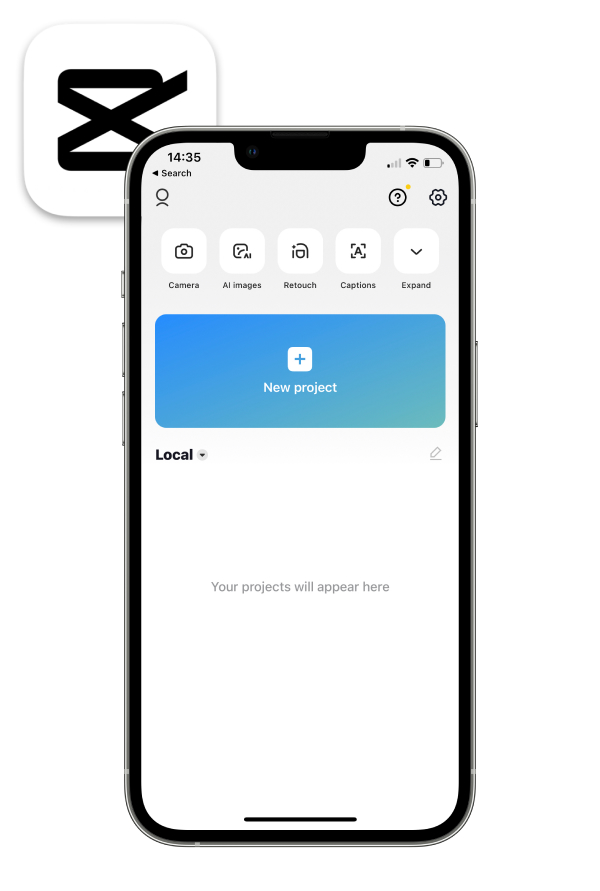

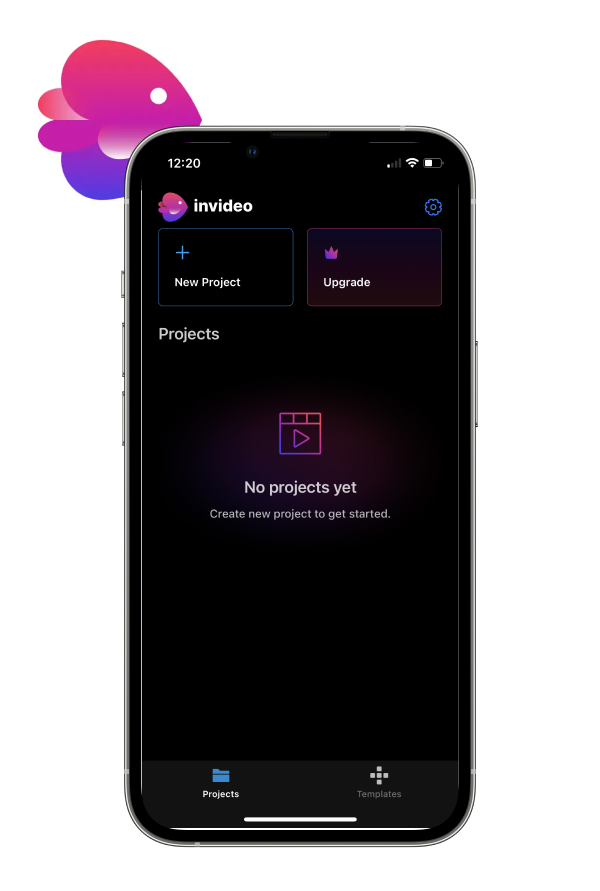

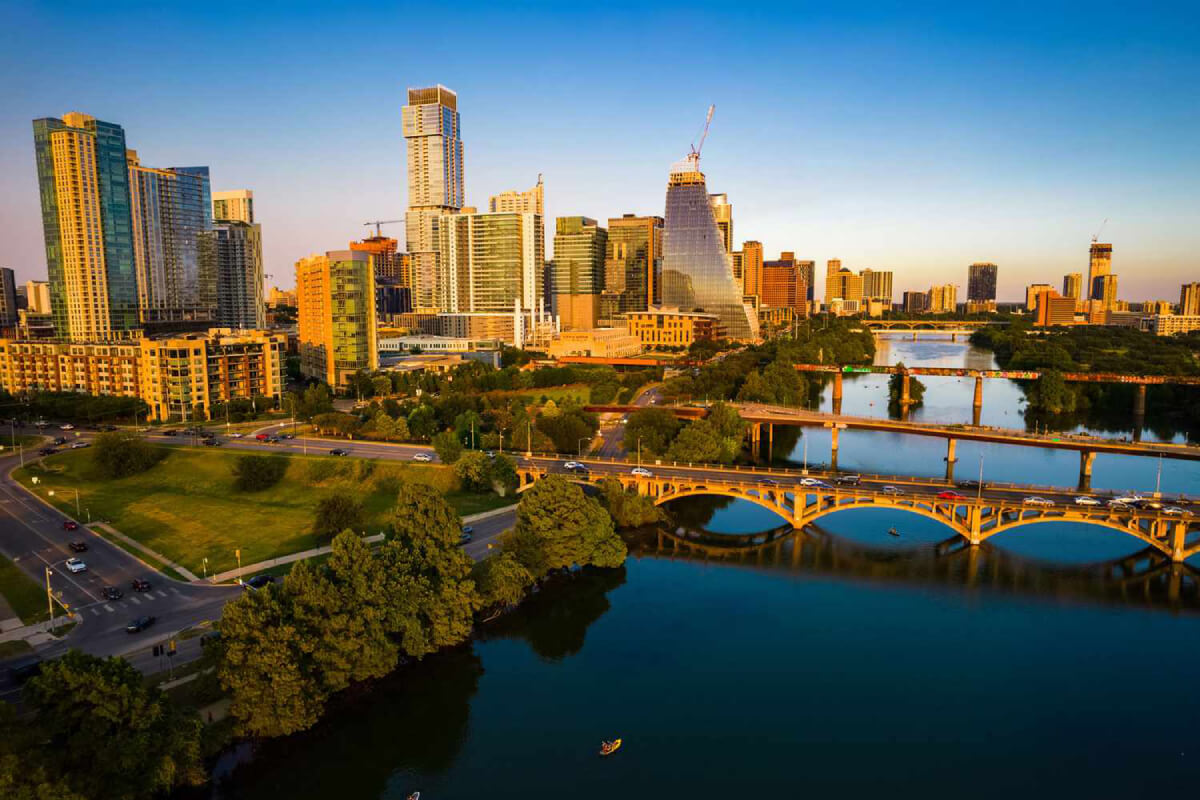
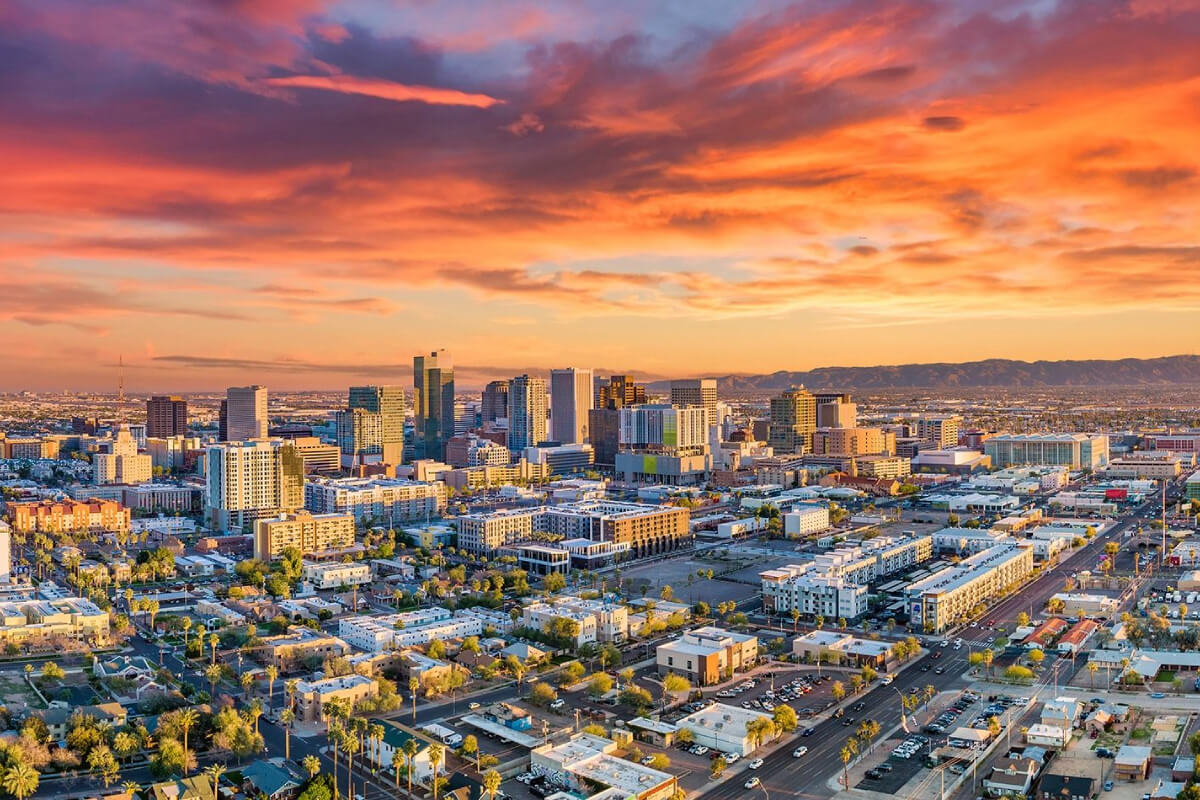
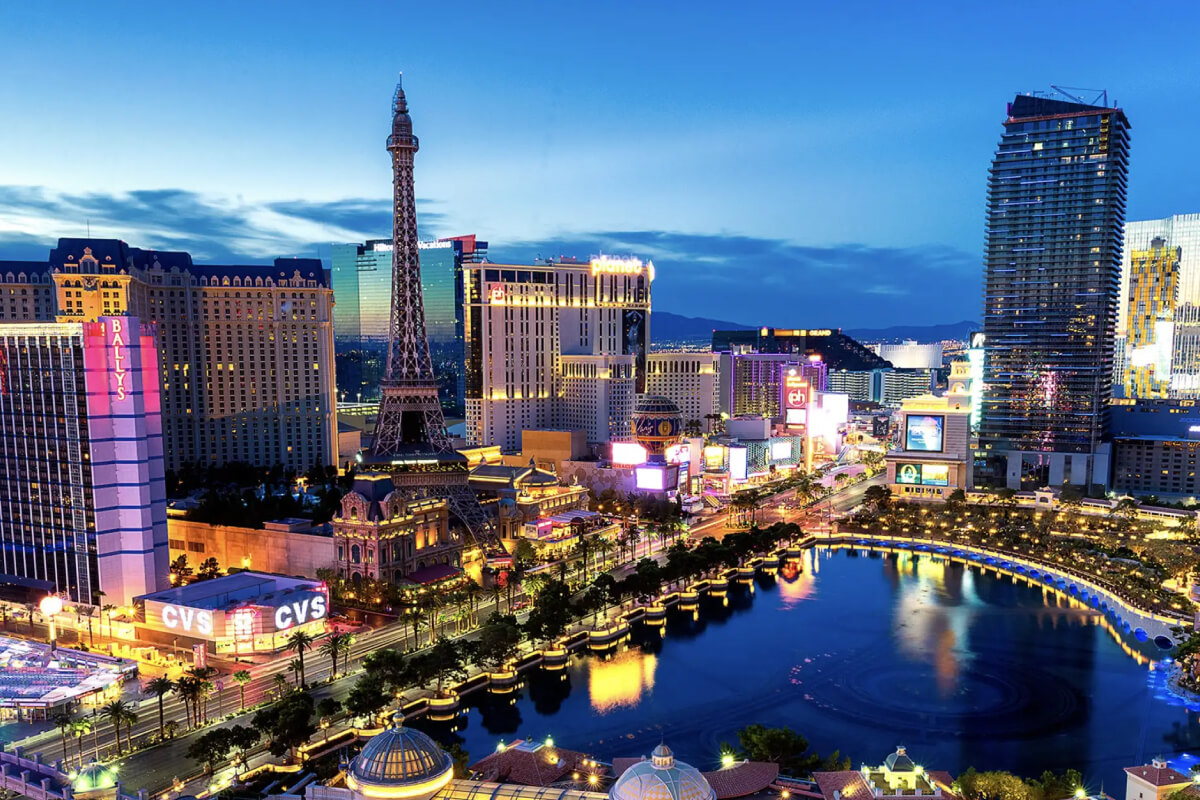
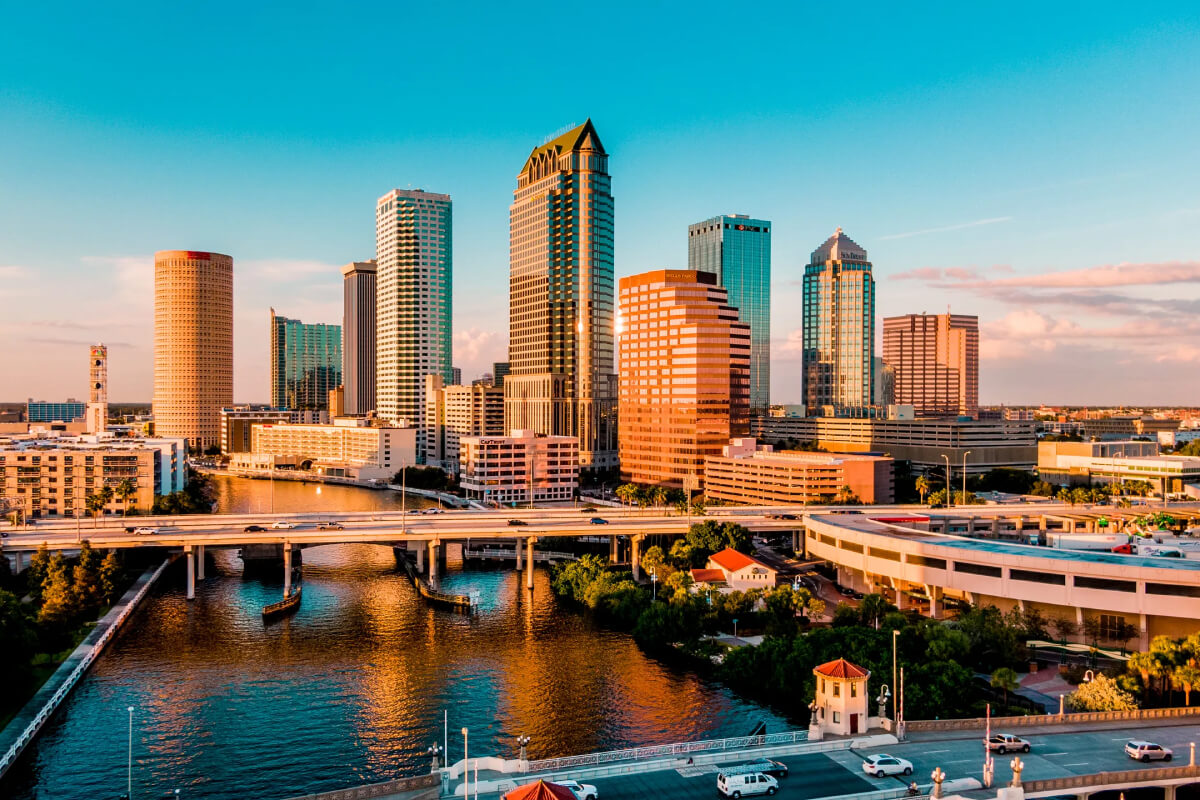
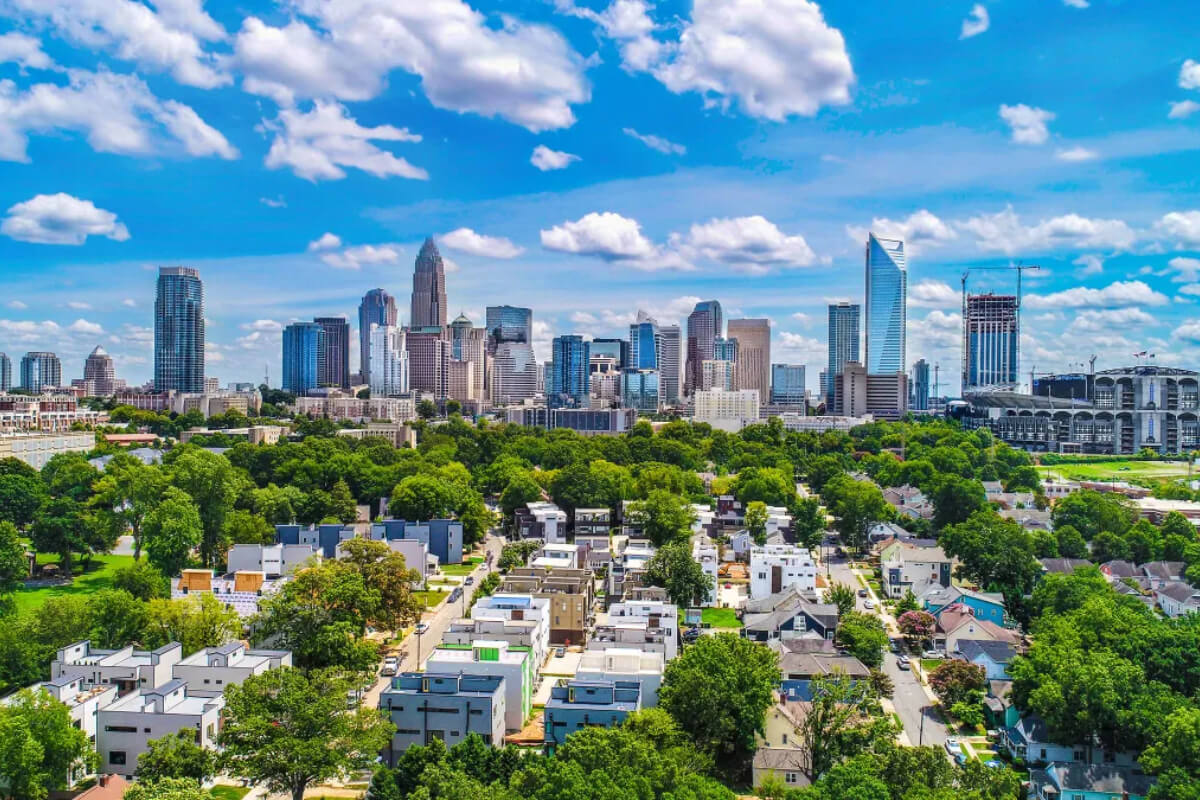
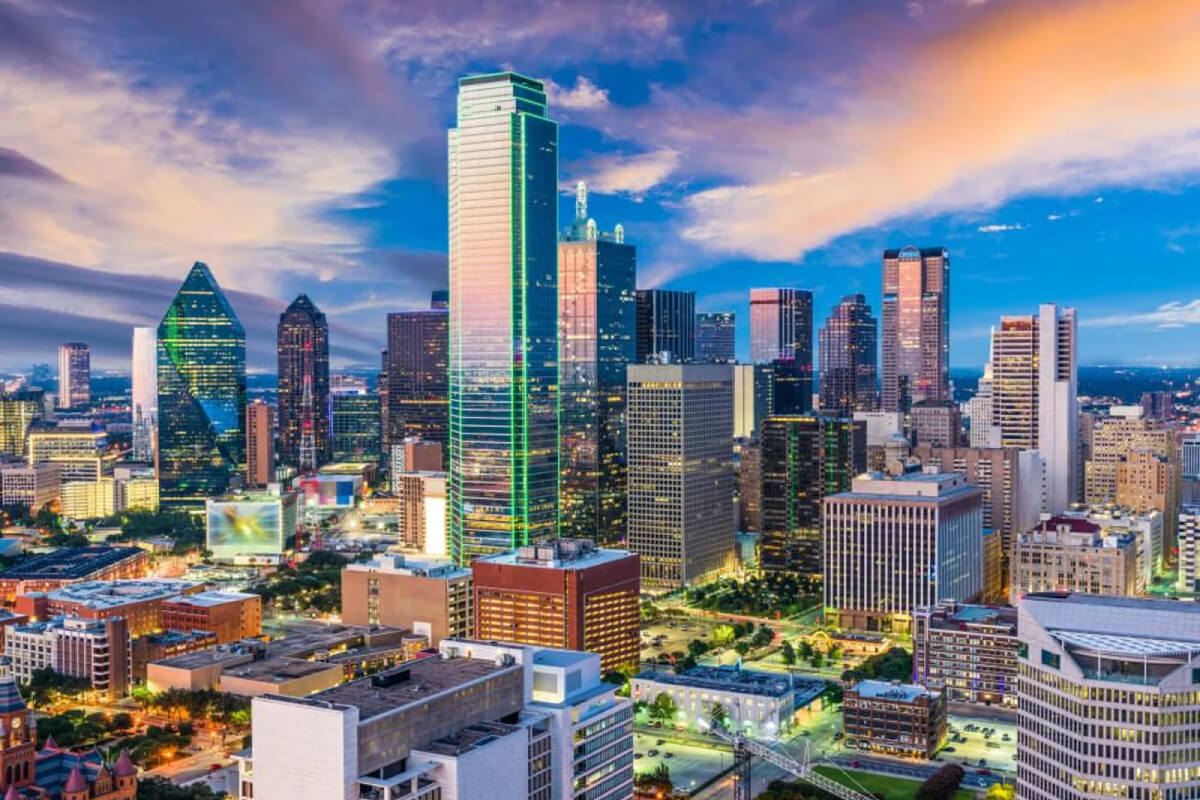

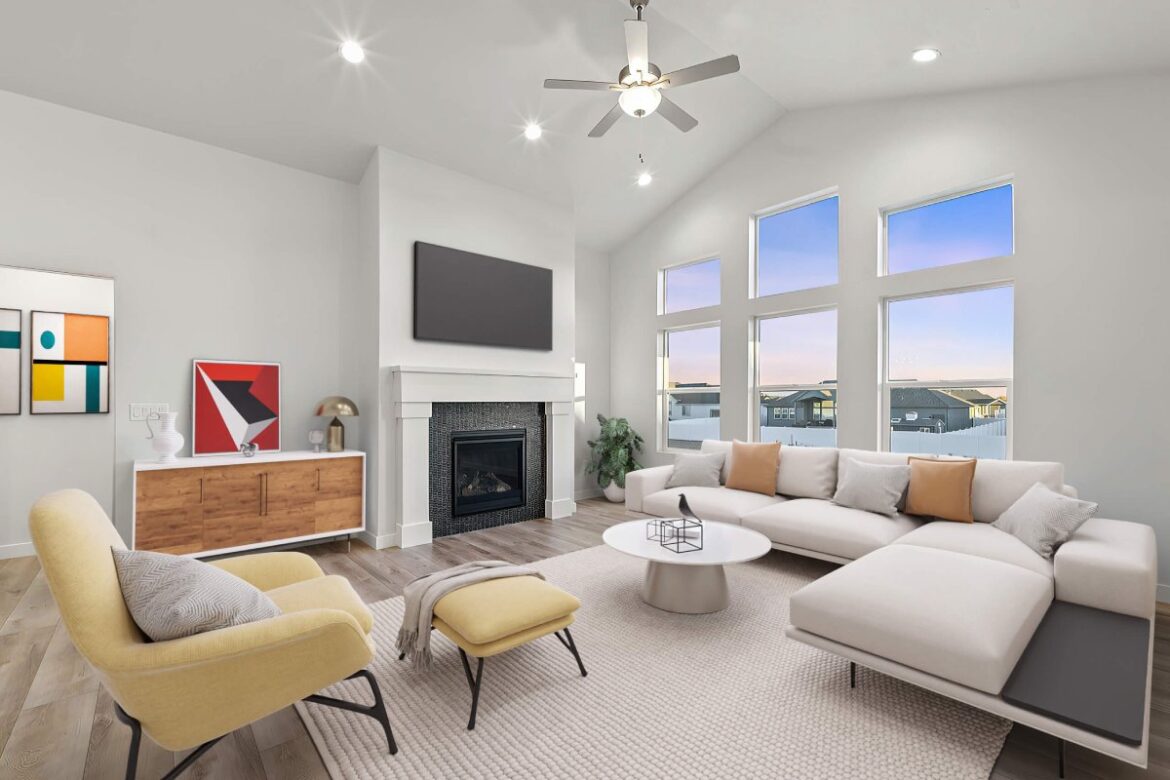

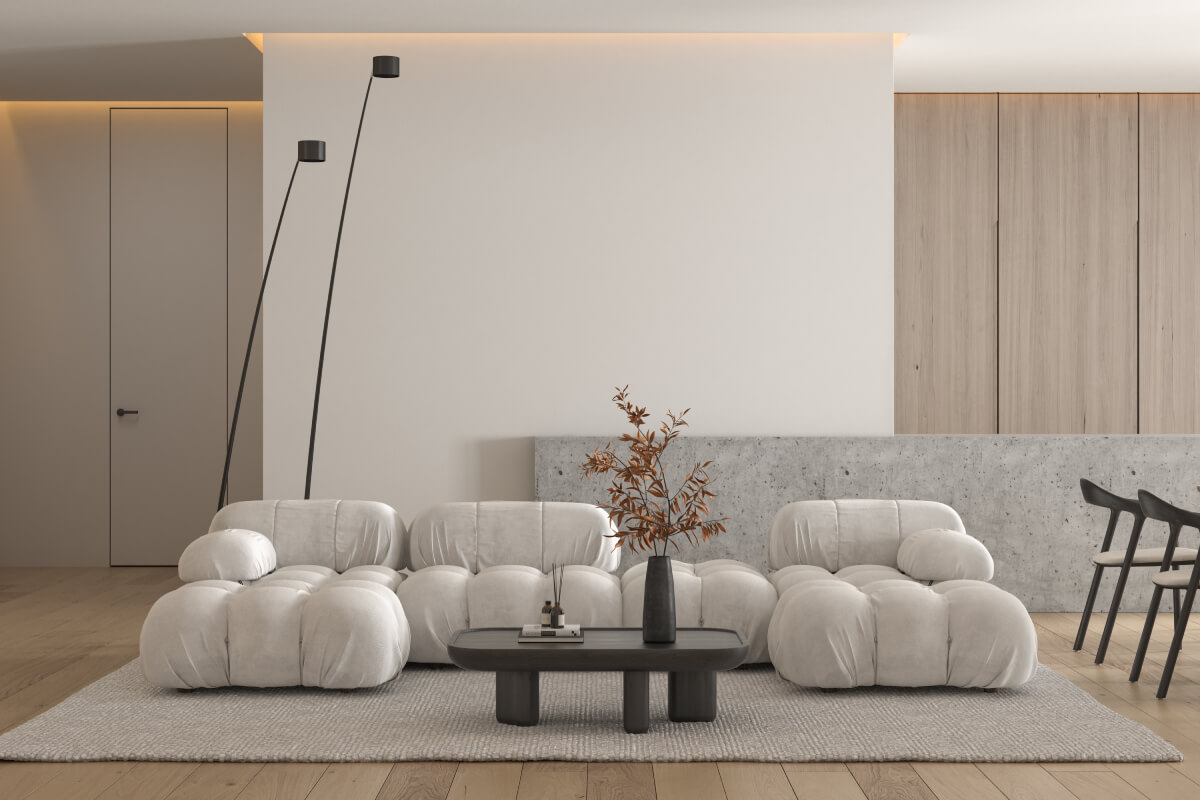


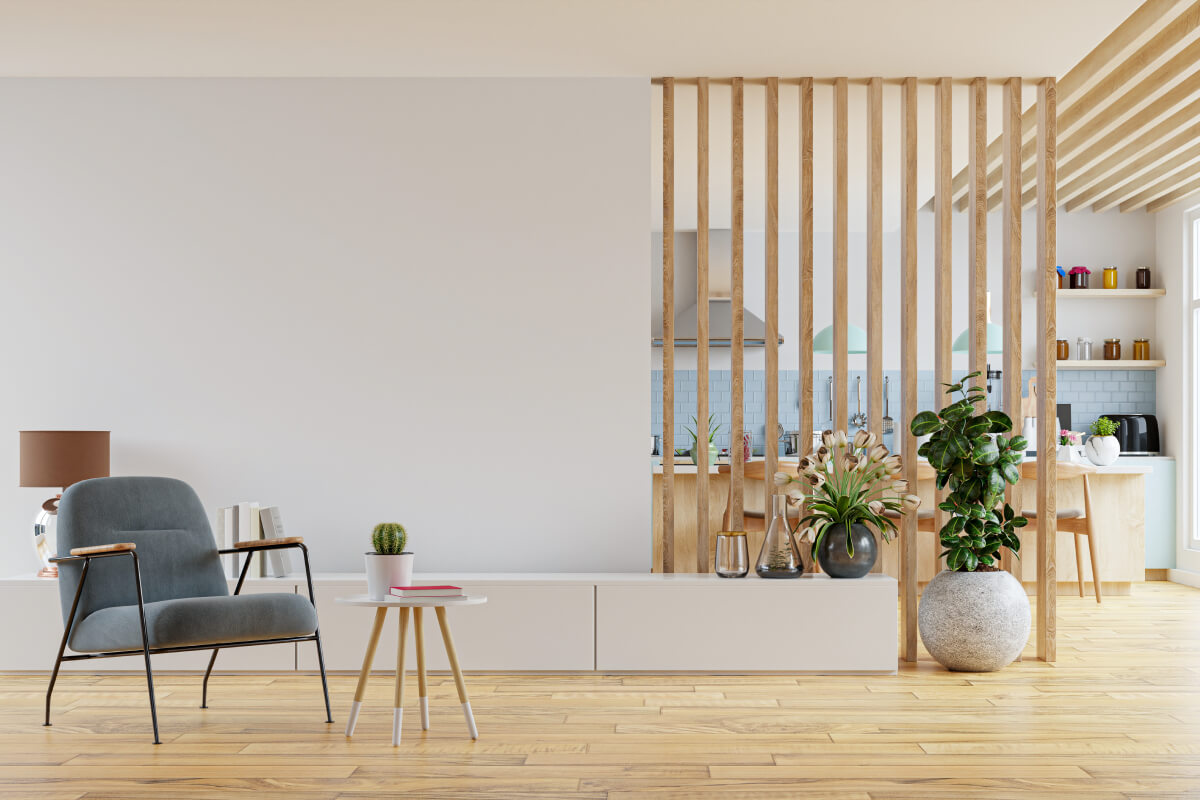
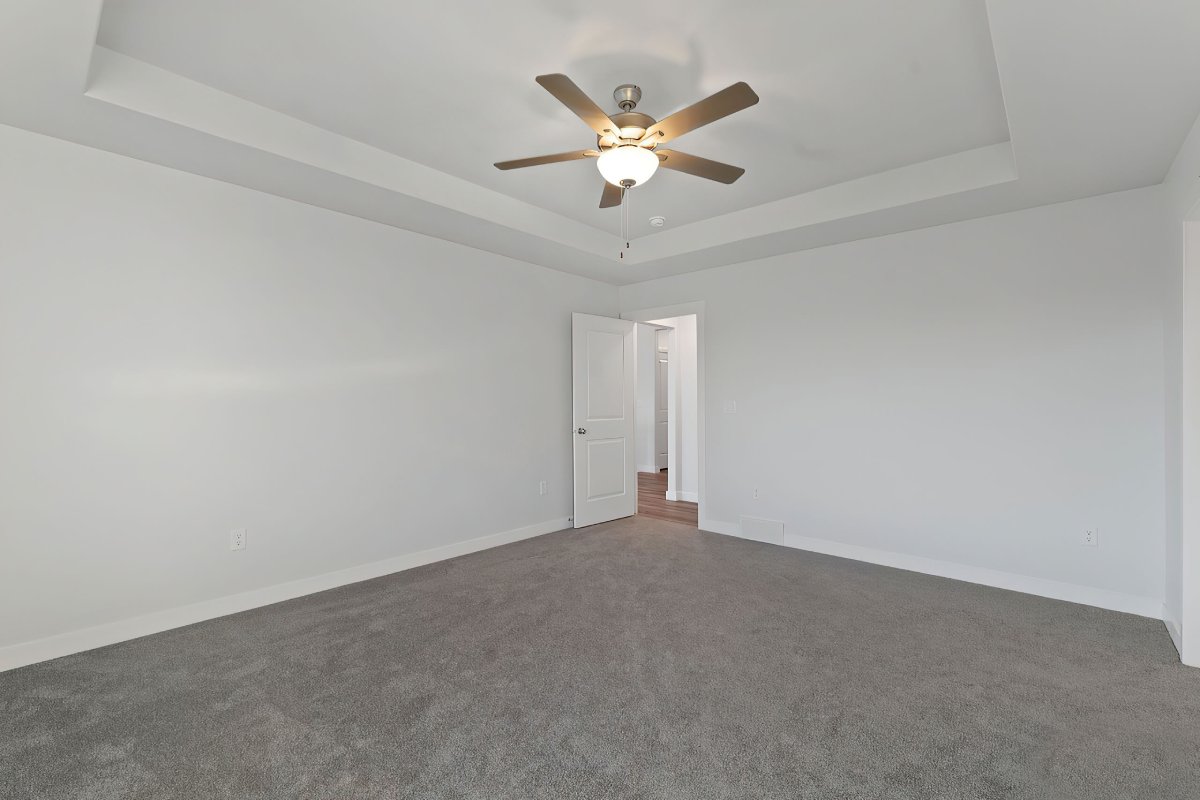
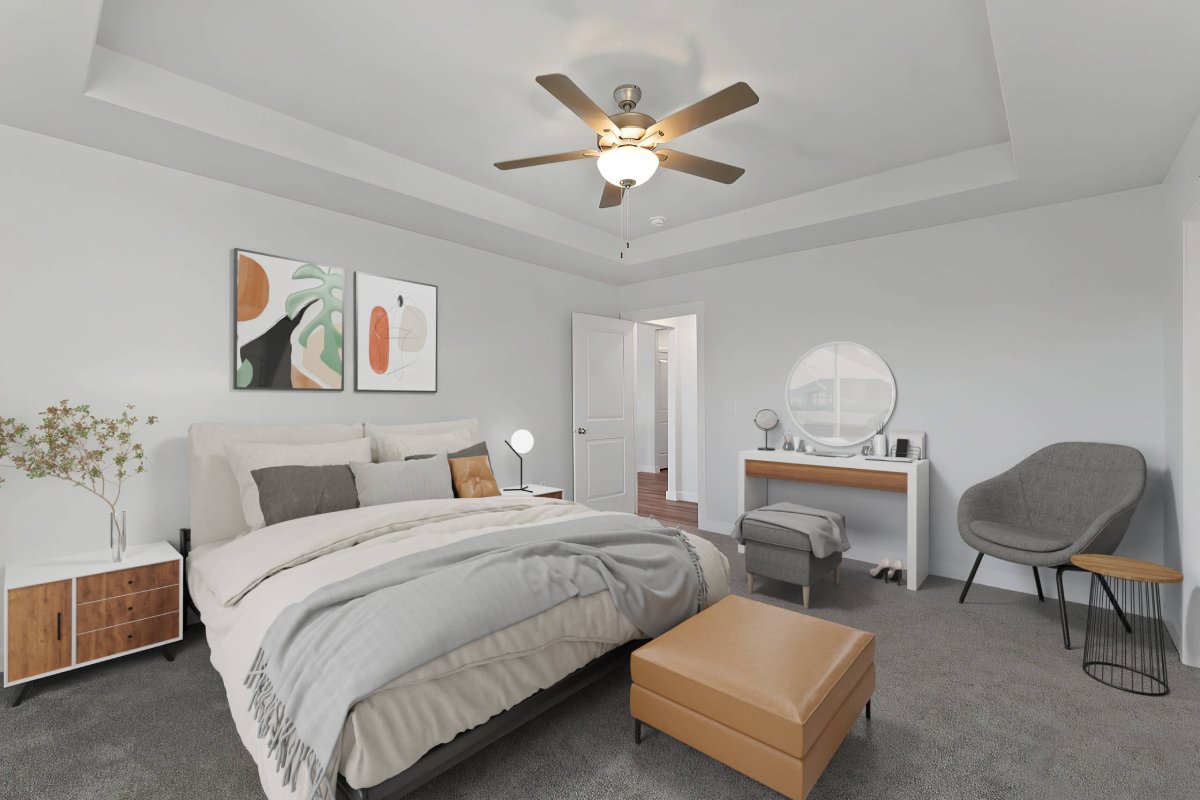
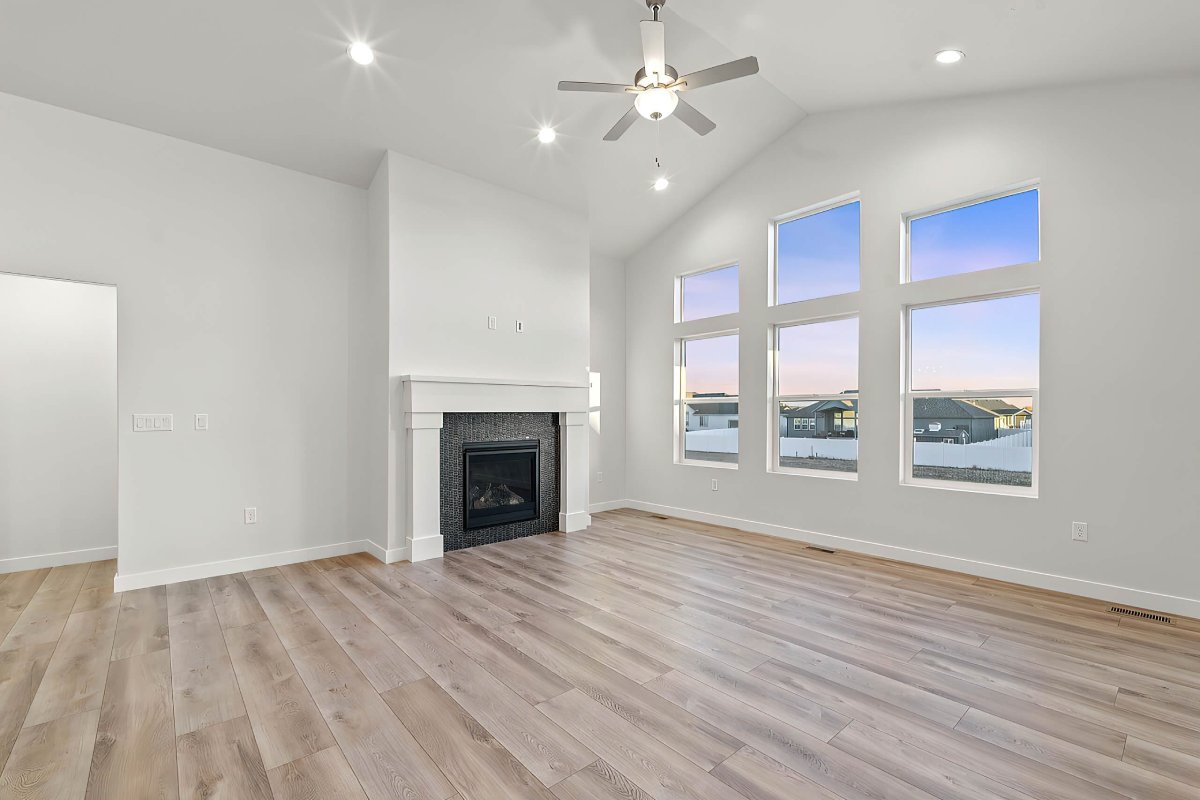

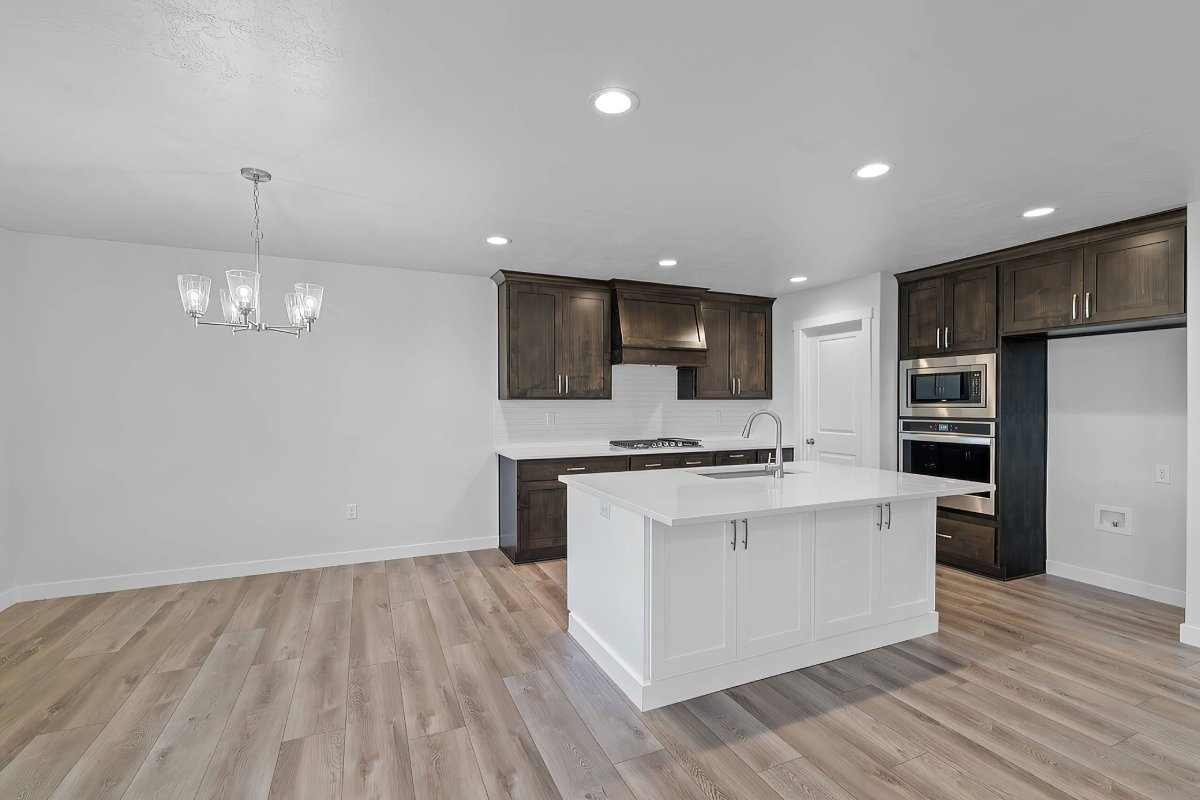
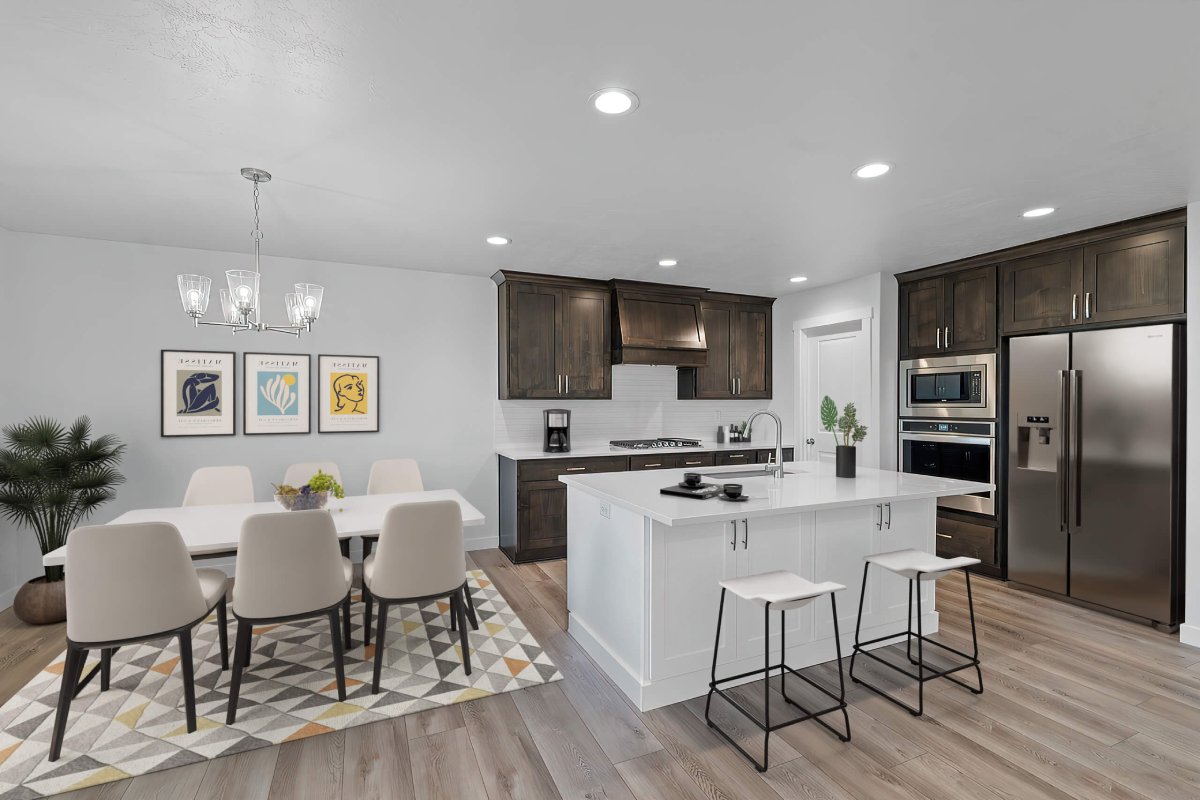
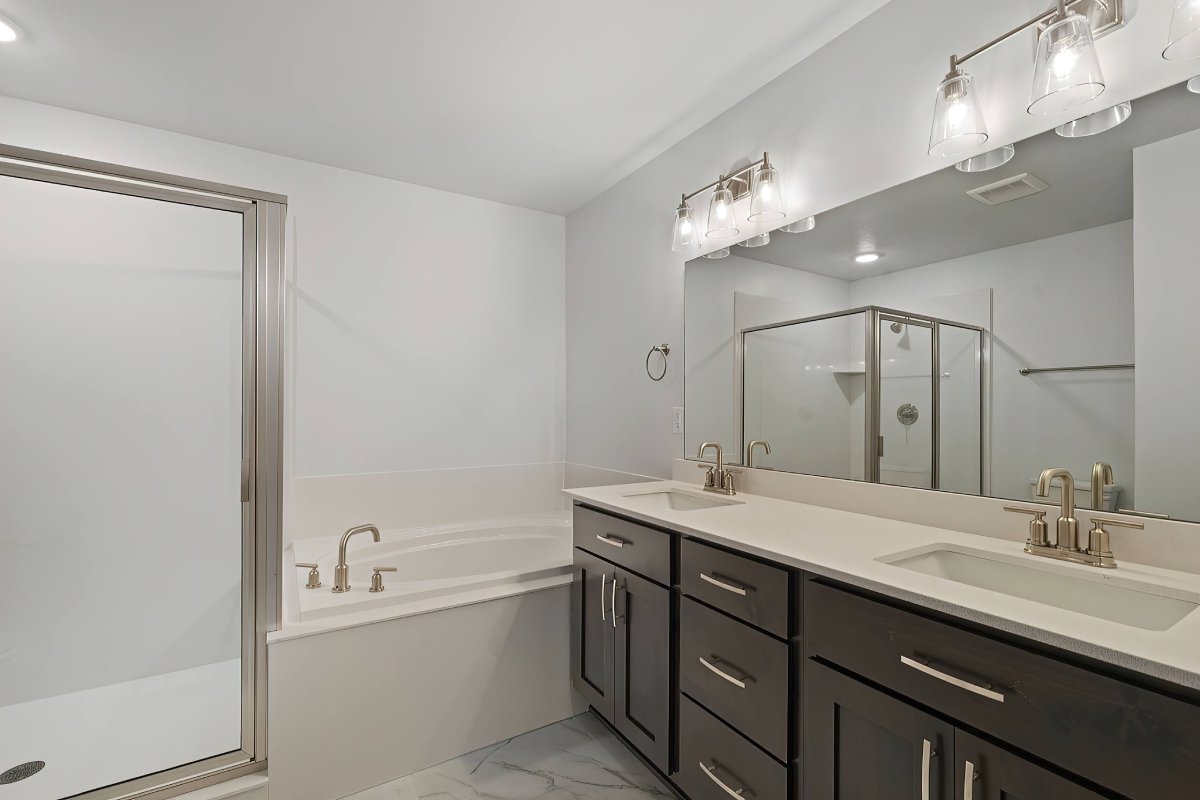


 Zillow
Zillow Realtor.com
Realtor.com Trulia
Trulia Redfin
Redfin Homes.com
Homes.com FSBO.com
FSBO.com HomeFinder
HomeFinder Auction.com
Auction.com Homesnap
Homesnap ForSaleByOwner
ForSaleByOwner RealtyTrac
RealtyTrac Facebook Marketplace
Facebook Marketplace Craigslist
Craigslist LandWatch
LandWatch NeighborhoodScout
NeighborhoodScout
